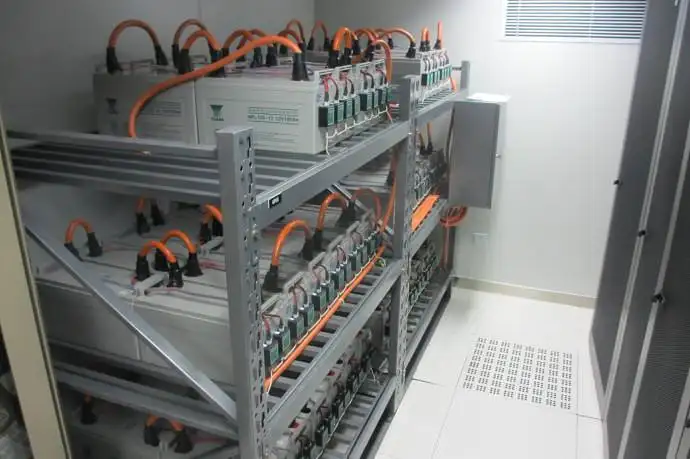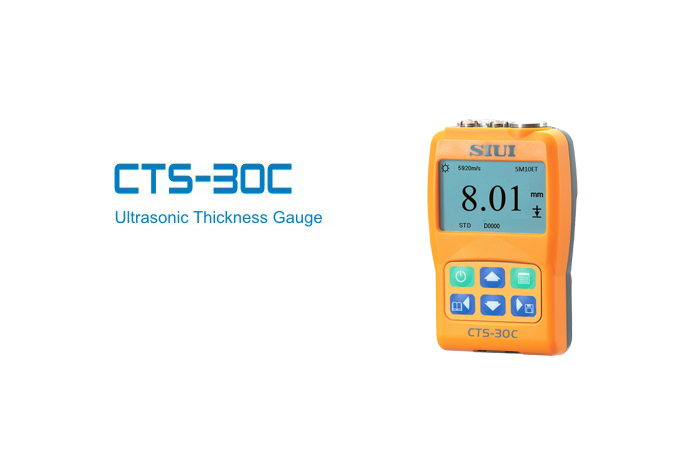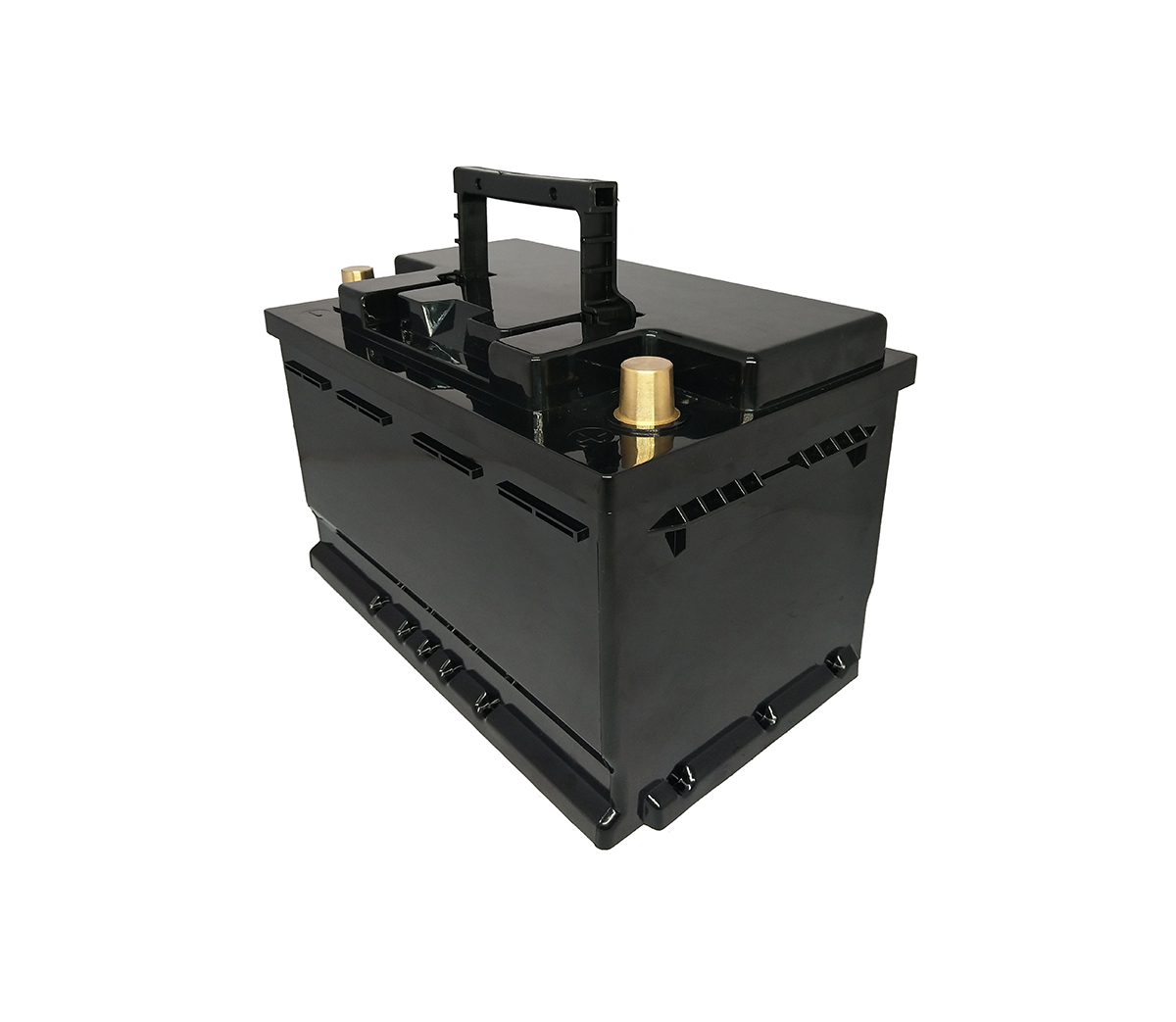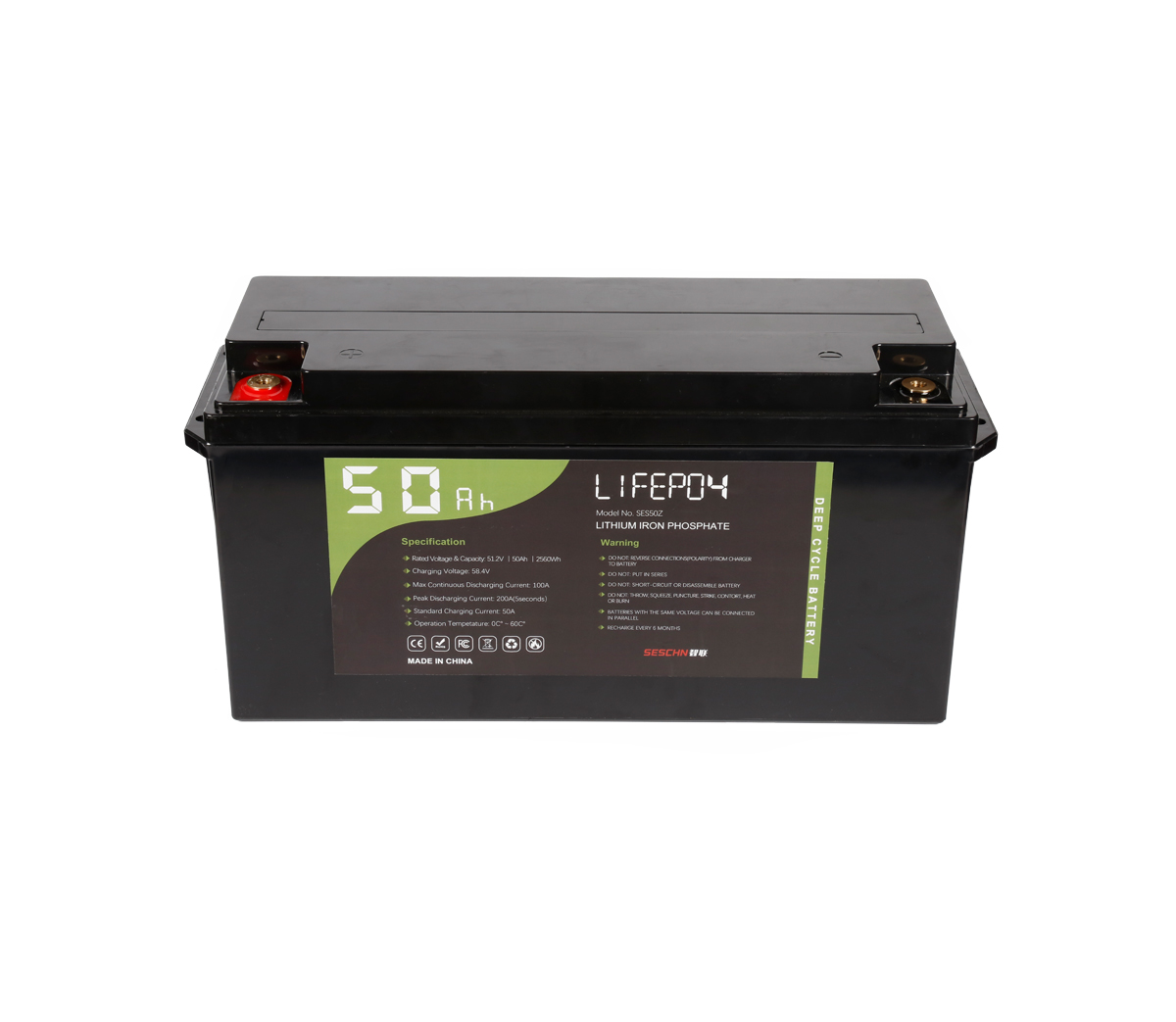Reasons and Considerations for Paralleling Batteries in UPS
Applications
UPS has been widely used in many of our scenarios, in addition to inverter
components, batteries are the most important accessories of UPS. A UPS without
battery power can't really provide any service to customers.
In the past few decades, lead-acid batteries were almost the first choice
of UPS, the reason is very simple, cost and performance can fully meet the
requirements of UPS at that time. However, with the development of the times,
the shortcomings of lead-acid batteries have been gradually enlarged, such as
bulky, short life, large size, not environmentally friendly and so on. Lithium
batteries are gradually accepted by conservative UPS manufacturers because of
their advantages of high energy density ratio and gradual cost reduction. In
particular, lithium iron phosphate batteries have successfully seized a lot of
lead-acid batteries in the UPS market because of their advantages of more than
4000-week cycle life, environmental protection, and low cost.

SES Power has nearly 20 years of experience in the power lithium battery
and energy storage lithium battery industry. 48V100Ah, 48V200Ah, 72V100Ah,
12V30Ah, 12V50Ah, 12V60Ah start-up batteries (maximum peak current up to 1500A)
using high-performance lithium batteries are often used in UPS systems. Our
customers often ask us to use these batteries in parallel for longer usage
time.
In fact, as long as the user can rationally use the battery according to
the SES Power instruction manual, only one set of batteries is enough, and the
use effect of this set of batteries will be much better than when two sets of
batteries are used in parallel. The reason why customers ask this question is
because the performance of lead-acid batteries was relatively poor before, so it
is necessary to increase the real capacity in parallel, especially for
valve-regulated sealed lead-acid batteries. In fact, the same capacity of
lithium battery is almost equal to twice the lead-acid battery of the same
specification in the practical application of UPS. For example, a 12V100Ah
lithium iron phosphate battery is equivalent to a 12V200Ah lead-acid battery in
real use.
SES Power recommends not to use battery packs in parallel. What are the
pros and cons of using them in parallel?
In the case of the same charging voltage, the two groups of battery packs
used in parallel will obtain different charging currents for each group. The
larger the internal resistance, the smaller the charging current, and the
smaller the internal resistance, the larger the charging current. The internal
resistance will be affected by the impedance of the battery itself, the length
of the wire, the firmness of the metal joint, and the contact surface.
This may result in inconsistent use frequency and depth of each battery,
which will greatly shorten the actual service life. This is not the case with
just one set of batteries. Therefore, SES Power recommends not to use two sets
of batteries in parallel when one set of batteries can meet the needs of the
device, because this will increase the cost of use and may also reduce the
overall performance of the battery.
Of course, it is understandable for designers and users to consider
improving the reliability of the backup power supply. When a power failure
occurs, even if one of the two sets of batteries cannot supply power, another
set of batteries can be used to ensure. If you consider using battery packs in
parallel from this point of view, please follow the following principles at the
same time:
A: The batteries used in parallel must be produced by the same
manufacturer, and are of the same type and specification;
B: The batteries used in parallel must be in the same state as the old and
new;
C: The same batch number leaves the factory at the same time;
D: Install and use at the same time;
F: When connecting in parallel, it is necessary to measure the battery
voltage, and try to ensure that the output voltage of each group of batteries in
parallel is the same.



































